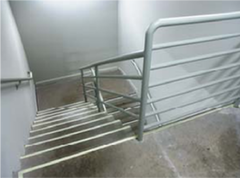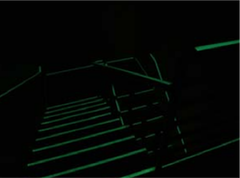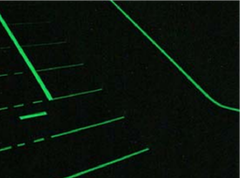
WWW.AFTERGLOWLLC.COM
(877) AFT-GLOW (238-4569)

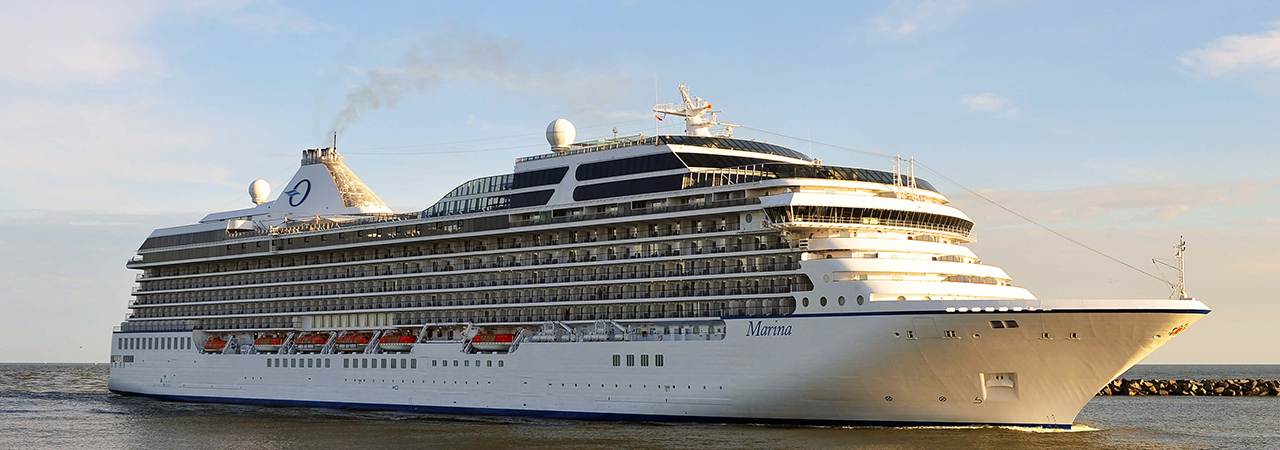
Photoluminescent (PL) & Retroreflective Safety Markings
EXCEEDING ALL COMMERCIAL AND MARITIME STANDARDS
The ship's safety and emergency egress markings proved inadequate and many people were unable to find their way to safety. A total of 32 people were killed when the Costa Concordia hit rocks and listed, trapping people inside, making it Italy's worst maritime disaster since the Second World War.

Wreck of Costa Concordia 01/28/2012
The ship's safety and emergency egress markings, including theninstalled PL markings, proved inadequate and many sailors were unable to find their way to safety. 17 American sailors were killed and 39 were injured.
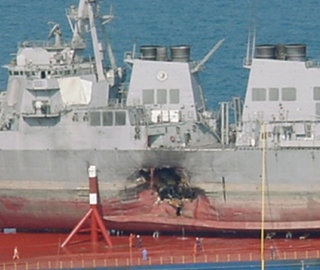
USS COLE Attacked While Refueling 10/12/2000
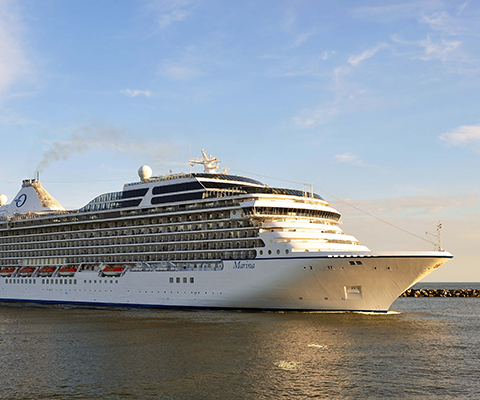
RELIABLE MAINTENANCE FREE FAILSAFE
- Incorporates Safety Grade Phosphor with other proprietary luminance enhancers - proven and mature
- Independent Laboratory tested
- Can be activated even with low level lighting
